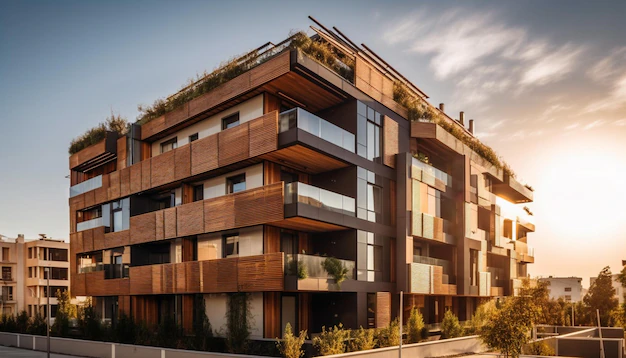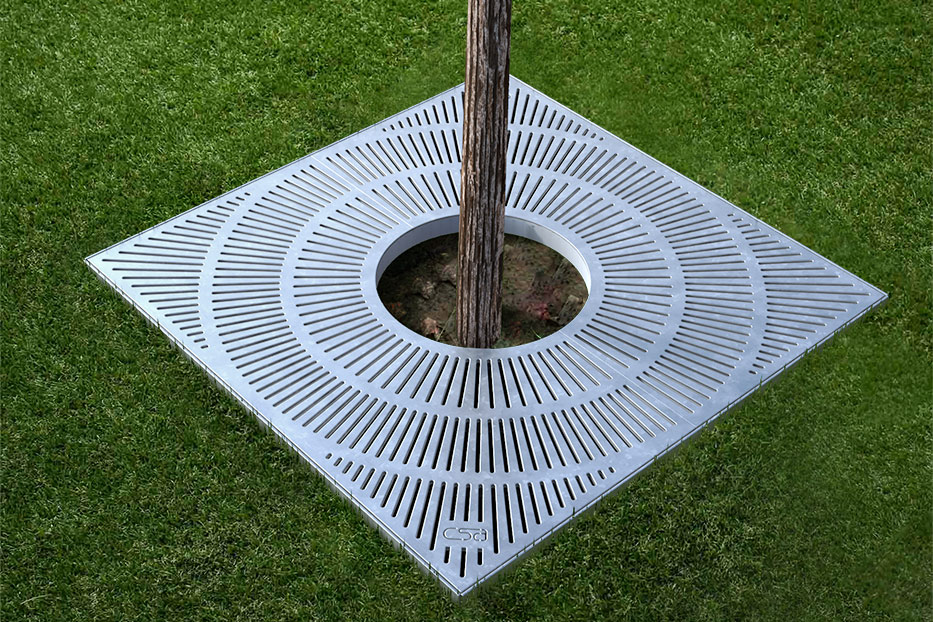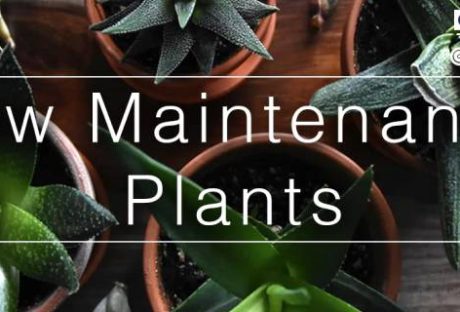The decision to pursue further education is a significant milestone for young adults, signaling a transition toward independence and self-exploration. Among the various accommodation options available, student apartments have gained popularity due to their appeal.
They share a mix of freedom, convenience, and community, enhancing the academic journey in diverse ways compared to traditional dorms or off-campus housing.
Benefits of Staying in a Student Apartment
As a student, you probably have two places to live — on-campus and off-campus. Now, most people tend to choose the first option due to the security it offers. However, if you ask me, I’d always choose the latter for five specific reasons.
Here’s what you need to know about them.
1: A Haven of Independence
Student apartments serve as sanctuaries of independence.
Unlike traditional dorms, these living spaces offer a heightened sense of autonomy, providing students with the freedom to curate their environment according to their preferences.
From choosing roommates to decorating the space, the core ability to personalize their living quarters fosters a sense of ownership and responsibility. Besides, it will also help you nurture essential life skills that transcend the academic sphere.
2: Communal Dynamics
Living in a student apartment is more than just securing a roof overhead; it’s about building a vibrant community. Most of these spaces often house a diverse mix of individuals, fostering an environment ripe for cultural exchange and forging lifelong friendships.
The shared experiences, collaborative study sessions, and impromptu gatherings create an enriching social tapestry that contributes significantly to a student’s holistic growth.
3: Enhanced Amenities and Facilities
Student apartments frequently come equipped with an array of amenities designed to cater to the modern student’s needs.
From well-appointed study lounges and fitness centers to recreational areas and communal kitchens, these facilities are tailored to support students —
- Academically,
- Physically, and
- Socially
Such conveniences augment the overall living experience, promoting both productivity and relaxation within arm’s reach.
4: Proximity to Campus
Location plays a pivotal role in a student’s life, and student apartments often boast strategic proximity to campus grounds. The convenience of being just a stone’s throw away from lecture halls, libraries, and other academic facilities —
- Not only save precious commuting time
- But also fosters a stronger sense of connection to the university community.
5: Financial Prudence
While the prospect of independent living might seem financially daunting, student apartments often offer cost-effective solutions compared to other housing options.
Shared living arrangements and split rental expenses among roommates can also significantly alleviate the financial burden.
Moreover, some apartment complexes provide inclusive utilities or amenities, streamlining expenses and offering a more predictable budget for students.

How to Choose the Right Student Apartment?
Picking the right type of student accommodation as a new college student can greatly impact your university experience. Unlike standard rentals, student housing offers access to a lot of student-focused amenities, support systems, and opportunities to connect with peers.
Additionally, it tends to be a more budget-friendly choice. But, the question is — how do you choose the best option amongst everything that’s available out there? Let’s find out.
1. Location Matters
Location is paramount when selecting a student apartment. So, be sure to consider its proximity to your campus, amenities, and other essential facilities.
Living closer to campus can save time and money on commuting, allowing you to attend classes, access resources, and engage in campus activities more conveniently.
Additionally, a location with easy access to grocery stores, restaurants, and public transportation can enhance your overall convenience and comfort.
2. Budget Wisely
Establish a realistic budget before apartment hunting. Consider not only the monthly rent but also additional expenses like utilities, internet, and groceries.
Ensure your budget allows for these costs while also leaving room for unexpected expenses. It’s advisable to prioritize affordability without compromising on safety and comfort.
3. Roommates and Space
Choosing the right roommates can significantly impact your living experience.
Discuss preferences, habits, and responsibilities beforehand to ensure compatibility. Additionally, consider the space offered by the apartment.
Ensure it provides enough room for privacy, studying, and relaxation.
4. Safety and Security
Prioritize safety and security when selecting a student apartment.
Look for various well-lit areas, and secure locks, and consider the neighborhood’s safety track record. Research the building’s security measures, like CCTV cameras, secure entrances, and emergency protocols, to ensure your peace of mind.
5. Amenities and Facilities
Evaluate the amenities and facilities offered by the apartment complex.
Look for features that align with your needs and preferences, such as laundry facilities, gym access, study rooms, and communal spaces. These can enhance your living experience and provide opportunities for socializing and relaxation.
6. Lease Terms and Flexibility
Review the lease terms thoroughly before signing any agreements.
Understand the duration of the lease, policies on subletting, maintenance responsibilities, and any additional fees. Ensure the lease terms are flexible enough to accommodate any changes in your academic or personal circumstances.
7. Visit and Inspect
Schedule visits to potential apartments before making a decision. Inspect the condition of the apartment, checking for any damages or maintenance issues.
Also, do pay attention to details like water pressure, heating, and cooling systems, as these can significantly impact your comfort.
8. Research the Landlord or Management Company
Gather information about the landlord or management company managing the property.
Read reviews and seek opinions from current or previous tenants to understand their reputation regarding responsiveness to maintenance requests, fairness in dealing with tenants, and overall professionalism.
9. Transportation and Parking
If you own a vehicle or rely on transportation, consider parking availability and transportation options near the apartment. Evaluate parking fees, accessibility to public transportation, and bicycle storage if relevant to your needs.
10. Trust Your Instincts
Ultimately, trust your instincts when choosing a student apartment. If something doesn’t feel right or if you have lingering doubts, explore other options. Your living space should feel comfortable, safe, and conducive to your academic success and well-being.
Final Thoughts
The allure of student apartment living lies not just in the physical space but in the myriad of experiences and opportunities it affords.
Beyond mere accommodation, these spaces serve as incubators for personal growth, fostering independence, community, and responsibility.
By offering a mix of convenience, affordability, and flexibility, student apartments seamlessly complement the academic journey Embracing this specific lifestyle choice can prove to be a transformative and rewarding chapter in a student’s educational odyssey.
Read Also:





















